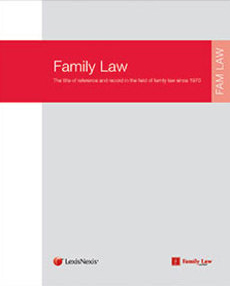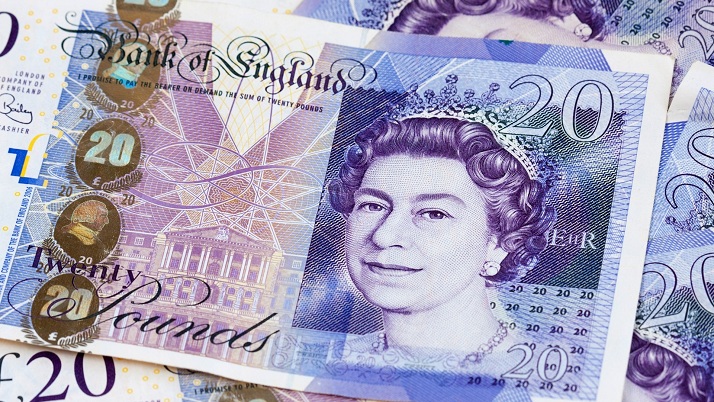- News & Comment
-
Online Shop
Online Services
Looseleafs
Law Reports
Books and eBooks
-
CPD & Events
Webinars
Events
- Authors
- About Family Law
- Contact


The government has published proposals to change the rules that apply to transfers of assets between spouses and civil partners who are in the process of separating. It provides that they be given up to three years in which to make no gain or no loss transfers of assets between themselves when they cease to live together; and unlimited time if the assets are the subject of a formal divorce agreement.
It also introduces some special rules that apply to individuals who have maintained a financial interest in their former family home following separation and that apply when that home is eventually sold.



The Office of Tax Simplification (OTS) in its second Capital Gains Tax report “Simplifying practical, technical and administrative issues” looked at how the Capital Gains Tax rules apply to individuals who separate and divorce. The OTS recommended that:
“the government should extend the ‘no gain no loss’ window on separation to the later of:
The government in a response of 30 November 2021 agreed that the ‘no gain no loss’ window on separation and divorce should be extended.
The Capital Gains Tax legislation dealing with the transfer of assets between an individual living with their spouse or civil partner is found at section 58 of Taxation of Chargeable Gains Act 1992. This provides that transfers of assets between spouses and civil partners who are living together are made on a “no gain or no loss” basis in any tax year in which they are living together. This means that any gains or losses from the transfer are deferred until the asset is disposed of by the receiving spouse or civil partner, who will be treated as having acquired the asset at the same original cost as the transferring spouse or civil partner.
When spouses or civil partners separate, no gain or no loss treatment is only available in relation to any disposals in the remainder of the tax year in which the separation happens. After that, transfers are treated as normal disposals for capital gains tax purposes.



